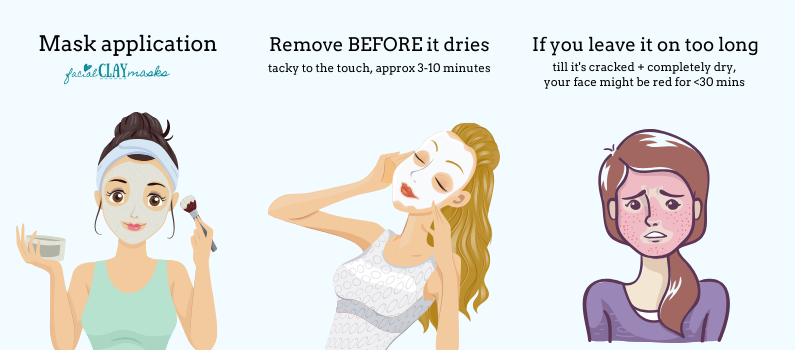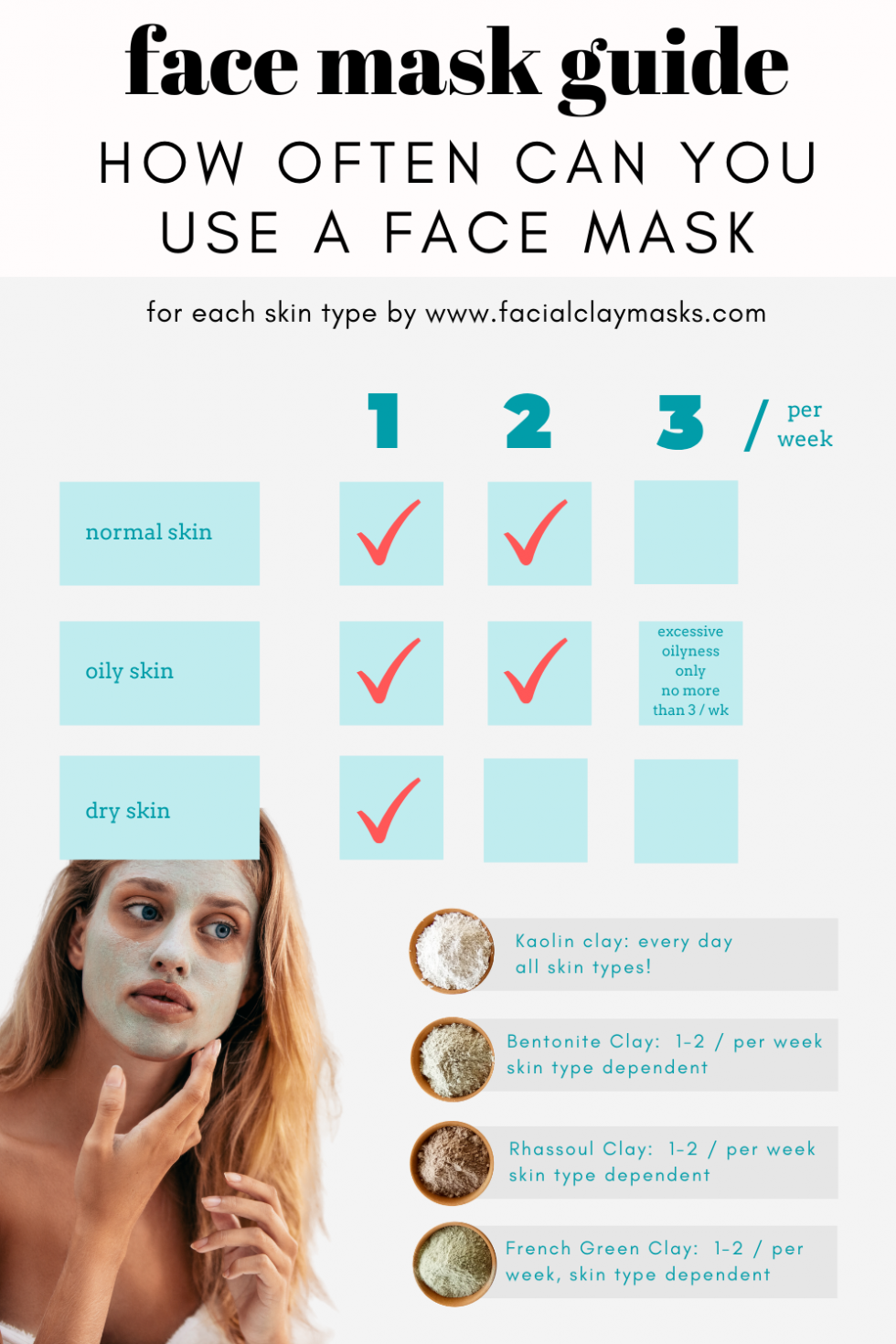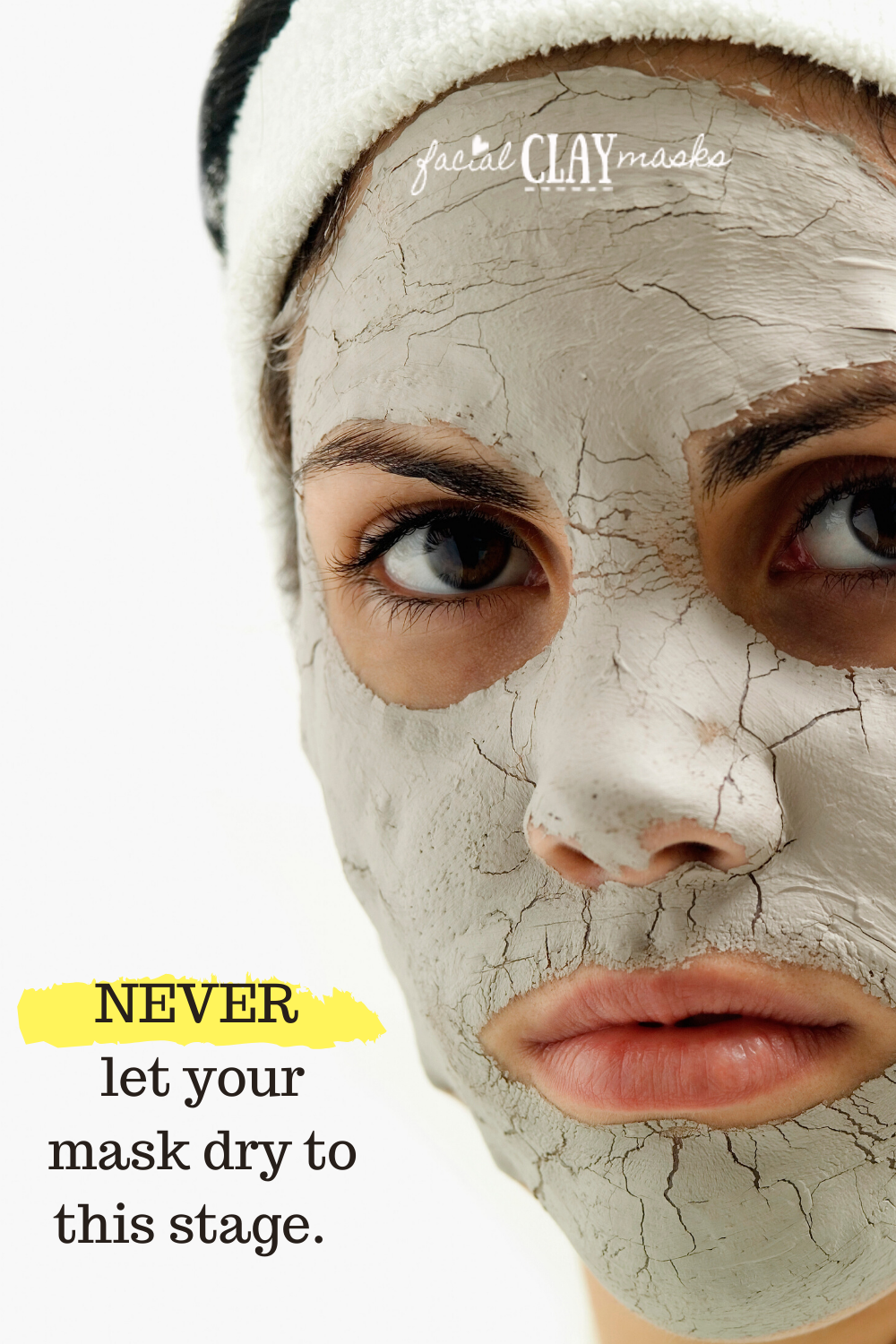How Long to Keep a Clay Mask On: The Ultimate Guide to Perfect Timing
Clay masks are a skincare staple loved for their ability to detoxify, unclog pores, and leave your skin feeling fresh and smooth. But here’s the million-dollar question: how long should you actually keep a clay mask on? Too short, and you might miss out on its full benefits. Too long, and you could end up with dry, irritated skin. Timing is everything, and getting it right can make or break your skincare game.
In this guide, we’ll dive deep into the world of clay masks. We’ll explore why timing matters, what science says, how different skin types play a role, and even uncover some lesser-known tips that most articles skip over. Whether you’re a clay mask newbie or a seasoned pro, you’ll walk away with practical advice, fresh insights, and a clear plan to maximize your mask’s magic—all written in a way that’s easy to follow and fun to read. Let’s get started!

Why Timing Your Clay Mask Matters
Imagine baking cookies but leaving them in the oven too long—they’d turn into crunchy, burnt discs instead of soft, gooey treats. Clay masks work the same way. The time you leave them on directly affects how they perform. Too little time, and the clay won’t have a chance to pull out impurities. Too much, and it can suck out too much moisture, leaving your skin tight and unhappy.
Clay masks are made from natural minerals like bentonite or kaolin, which dry out as they sit on your skin. This drying process is what helps them absorb oil, dirt, and toxins from your pores. But here’s the catch: once the mask is fully dry, it stops working and can start pulling moisture from your skin instead. Timing is your secret weapon to hit that sweet spot where the mask does its job without overdoing it.
What Happens If You Get It Wrong?
- Too Short: The clay doesn’t fully dry or absorb impurities, so you’re basically just smearing mud on your face for no reason.
- Too Long: Over-drying can lead to redness, irritation, or even tiny cracks in your skin’s barrier—ouch!
So, how do you know what’s “just right”? It depends on a few factors—your skin type, the mask’s ingredients, and even the weather. Let’s break it all down.
The Golden Rule: How Long Should You Keep a Clay Mask On?
For most clay masks, the general recommendation is 10 to 15 minutes. This range works for the average person because it’s long enough for the clay to dry and do its detox thing, but short enough to avoid over-drying. Most product labels stick to this timing, and dermatologists generally agree it’s a safe bet.
But here’s where it gets interesting: one size doesn’t fit all. Your skin isn’t the same as your best friend’s, and the clay mask you grabbed off the shelf might have unique quirks. To nail the perfect timing, you need to tweak it based on your situation. Let’s dig into the details.
The Science Behind the 10-15 Minute Rule
Studies on clay’s absorbent properties—like those from the Journal of Cosmetic Dermatology—show that bentonite and kaolin clays reach peak oil absorption within about 10 minutes on average. After that, the benefits plateau, and the mask starts pulling water from your skin instead. This is why 15 minutes is often the upper limit: it’s the point where the good stuff (oil and impurity removal) maxes out, and the not-so-good stuff (dehydration) kicks in.
Factors That Change How Long to Leave It On
The 10-15 minute rule is a great starting point, but it’s not set in stone. Here are the big players that can shift your ideal timing—and how to adjust like a pro.
1. Your Skin Type
Your skin type is the VIP that decides how long your clay mask party lasts. Here’s how it breaks down:
- Oily Skin: You can lean toward the full 15 minutes. Oily skin has more sebum (natural oil) for the clay to soak up, so it can handle a little extra time without drying out.
- Dry Skin: Stick to 8-10 minutes—or even less if your skin feels tight. Dry skin has less moisture to spare, so you don’t want the clay to overdo it.
- Combination Skin: Aim for 10-12 minutes. Focus on applying the mask thicker on oily zones (like your T-zone) and lighter on dry spots (like your cheeks).
- Sensitive Skin: Start with 5-8 minutes. Sensitive skin can get irritated fast, so shorter is safer.
Pro Tip: Watch your skin as the mask dries. If it starts feeling tight or itchy before the timer’s up, rinse it off early. Your skin’s telling you it’s done!
2. The Type of Clay Mask
Not all clay masks are created equal. Different clays—and added ingredients—can tweak the timing:
- Bentonite Clay: Super absorbent and drying, so 10-12 minutes is usually plenty.
- Kaolin Clay: Gentler and less drying, so you can stretch to 12-15 minutes.
- Masks with Hydrators (like aloe or honey): These can often stay on for 15 minutes without over-drying, thanks to the moisture boost.
- Thick vs. Thin Layers: A thick layer takes longer to dry (closer to 15 minutes), while a thin layer might be ready in 10.
3. Humidity and Weather
Believe it or not, the air around you matters. In humid climates, clay masks dry slower—sometimes needing 15-20 minutes. In dry, cold weather, they can harden in as little as 8-10 minutes. Check how fast your mask dries by touching it lightly; if it’s still tacky, give it a bit more time.
4. How Often You Use It
Using a clay mask daily? (First off, don’t—more on that later!) If you’re masking more than once a week, cut the time to 8-10 minutes to avoid stressing your skin. Frequent use already ramps up the drying effect, so shorter sessions keep things balanced.

The Drying Test: Your Foolproof Timing Trick
Here’s a game-changer most articles miss: use the drying process as your timer. Instead of blindly following the clock, watch how your mask behaves on your face. This hands-on approach beats guessing every time.
How to Do It
- Apply an even layer of your clay mask (not too thick, not too thin—think peanut butter on toast).
- Wait until it starts to lighten in color and feels slightly tacky but not fully hard. This is the “almost dry” stage—your cue to rinse.
- For most masks, this happens around 10-15 minutes, but it’s your skin’s real-time signal.
Why It Works: The “almost dry” stage is when the clay has absorbed the most impurities without over-drying your skin. Once it’s rock-hard, it’s past its prime.
Quick Quiz: What’s your mask’s drying signal?
- Does it crack when you smile? Too long!
- Still shiny and wet? Keep waiting.
- Light and tacky? Perfect—rinse now!

Common Mistakes to Avoid (And How to Fix Them)
Even with the best intentions, it’s easy to mess up your clay mask timing. Here are the top slip-ups—and how to dodge them.
❌ Leaving It On Until It Cracks
That satisfying “cracked desert” look might feel like a win, but it’s a sign you’ve gone too far. Fully dry clay can dehydrate your skin and even cause micro-tears.
- Fix: Rinse when it’s tacky, not cracked. Set a timer for 10 minutes and check from there.
❌ Ignoring Your Skin’s SOS
If your face feels tight or stings before the time’s up, don’t power through it. That’s your skin begging for mercy.
- Fix: Wash it off ASAP and follow with a hydrating moisturizer.
❌ Using It Too Often
Clay masks are powerful, but they’re not daily drivers. Overuse can strip your skin and mess with its natural balance.
- Fix: Stick to 1-2 times a week, max. Adjust timing down if you’re masking more often.
✔️ Bonus Tip: Post-Mask Hydration
After rinsing, always follow with a moisturizer. Clay masks can leave your skin thirsty, and locking in moisture keeps it happy and plump.
Clay Mask Timing by Skin Goal
Different skin goals need different strategies. Here’s how to tweak your timing based on what you’re after.
For Acne and Oil Control
- Time: 12-15 minutes
- Why: Longer exposure helps draw out excess oil and unclog pores—key for fighting breakouts.
- Best Clay: Bentonite or green clay (great for oil absorption).
- Extra Step: Spot-treat pimples with a tiny dab of mask and leave it on for 15 minutes, even if you rinse the rest earlier.
For Detox and Deep Cleaning
- Time: 10-12 minutes
- Why: This hits the sweet spot for pulling out dirt and toxins without overdoing it.
- Best Clay: French green clay or charcoal-infused masks.
- Extra Step: Steam your face for 5 minutes before applying to open pores and boost the detox.
For Brightening and Smoothing
- Time: 8-10 minutes
- Why: Shorter time prevents drying while still exfoliating dead skin.
- Best Clay: Kaolin or pink clay (gentle and refining).
- Extra Step: Mix in a teaspoon of yogurt for a brightening boost—rinse at 10 minutes.

What the Latest Research Says (And Why It’s Cool)
Skincare science is always evolving, and clay masks are no exception. Here’s what’s new and why it matters for your timing.
Clay’s Absorption Power
A 2023 study from the International Journal of Dermatology found that bentonite clay absorbs up to 70% of excess sebum within 10 minutes on oily skin. After that, the rate slows way down, meaning longer isn’t always better. This backs up the 10-15 minute rule—and shows why watching the drying stage beats sticking to a rigid clock.
Hydration Add-Ons Are Game-Changers
Newer masks with ingredients like hyaluronic acid or glycerin are trending (yep, it’s buzzing on X too!). A 2024 report from Cosmetic Science Review showed these hybrids can stay on for 15-20 minutes without drying out your skin as much. If your mask has these, you might get a little extra wiggle room.
Microflora Matters
Here’s something wild: overusing clay masks (or leaving them on too long) can mess with your skin’s microbiome—the good bacteria that keep it healthy. A small 2024 study suggested that keeping sessions under 15 minutes, 1-2 times a week, helps maintain that balance. Overdo it, and you might trade clear pores for irritation.
Underrated Tips Most Guides Skip
Want to level up your clay mask game? These hidden gems don’t get enough love but can make a huge difference.
1. The “Layering Hack”
Apply a thin layer first, let it sit for 5 minutes, then add a second layer for another 5-10 minutes. This double-dose trick maximizes absorption without over-drying—perfect for oily or acne-prone skin.
2. The “Mist Trick”
If your mask starts drying too fast (like in dry winter air), lightly mist your face with water halfway through. It buys you a few extra minutes of detox time without irritation.
3. The “Post-Mask Glow Boost”
After rinsing, pat your face with a damp cloth soaked in green tea. The antioxidants add an extra glow-up that pairs perfectly with clay’s detox power—try it and thank me later!
Your Step-by-Step Clay Mask Routine
Ready to put it all together? Here’s a foolproof plan to get the timing just right.
- Cleanse First: Wash your face with a gentle cleanser to remove dirt and oil. A clean slate helps the mask work better.
- Apply Evenly: Use a brush or your fingers to spread a medium layer—about 1/8 inch thick.
- Set a Timer: Start with 10 minutes. Check the drying stage and adjust up or down based on your skin.
- Rinse Off: Use lukewarm water and a soft cloth. Don’t scrub—gentle circles are your friend.
- Hydrate: Slather on a moisturizer or serum to lock in the goodness.
Poll Time: How do you rinse your mask?
- A) Splash with water
- B) Wipe with a cloth
- C) Both—team combo!
(Share your vote in your head—or with a friend!)
Real-Life Scenarios: Timing in Action
Let’s see how this plays out with some everyday examples.
Scenario 1: The Busy Teen
- Who: Sarah, 14, oily skin, breakout central.
- Mask: Bentonite clay with tea tree oil.
- Time: 15 minutes—her oily skin can handle it, and the tea tree fights acne.
- Result: Clearer pores, less shine, happy vibes.
Scenario 2: The Dry Skin Mom
- Who: Lisa, 35, dry and sensitive skin.
- Mask: Kaolin clay with aloe vera.
- Time: 8 minutes—short and sweet to avoid tightness.
- Result: Soft, smooth skin without redness.
Scenario 3: The Humid Summer Day
- Who: Jake, 20, combination skin.
- Mask: Green clay mask.
- Time: 12 minutes—humidity slows drying, so he waits for the tacky stage.
- Result: Balanced T-zone, refreshed feel.
DIY Clay Mask? Timing Tweaks You Need
Making your own mask with clay powder? Timing changes a bit since you control the mix. Here’s a quick recipe and guide:
- Mix: 1 tablespoon bentonite clay + 1-2 teaspoons water or apple cider vinegar (for acne-prone skin).
- Time: 10-12 minutes—homemade mixes dry fast, so check early.
- Watch Out: Too much liquid means longer drying; too little, and it cracks quick.





No comment